- October 17, 2020
- Posted by: CENTERSPREAD
- Category: Uncategorized
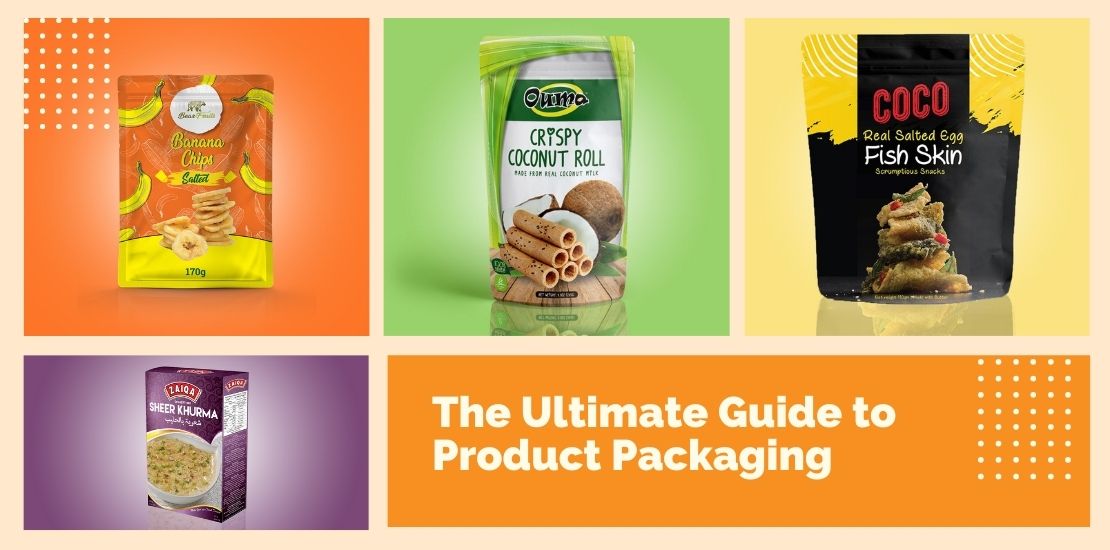
Product Packaging design is an important aspect of your branding. It is the difference between a hit product & a dud.
Think about the last time you purchased something. Was it an impulse buy or did you really need it? Did the sleek & expensive looking bottle of shampoo woo you into buying it? Or you bought it to feel classy & chic.
You see packaging design plays an important role in the decision-making process of a purchase.
When it is done correctly & creatively, it allows you to display your brand story & create the first impactful impression on your customer.
Now, it may appear daunting to create your first packaging design. But if you follow the process step-by-step, it becomes hassle-free.
1. Select the type of product packaging design
First & foremost is the selection of the type of packaging label you wish to opt for your product.
You need to know the answer to the following questions:
a. What is your product? (Very Important)
You cannot package a shoe in a jewelry box. It will be too exuberant & a complete waste of money. Similarly, you cannot do it vice versa too.
Therefore, it is crucial that you understand the requirements of your product in order to choose the correct material for its exterior.
b. What materials is it made of?
You also need to take into account the materials involved in the making of your product.
For example, fermented food & coffee when packaged in stand-up pouches releases a gas which needs to be removed. In order to do that, one-way degassing valves are integrated within the packaging. They release the gas when its pressure reaches a certain (small) value.
Therefore, you need to understand the requirements of the materials involved in the manufacture of your product. Then you need to include things which will help you protect & preserve your product efficiently.
c. Who are the customers?
Who is going to buy your product? Men, women or children.
The product packaging needs to appeal to its ideal customer. The design needs to be adapted as per the likings & set of expectations for the target audience.
For example, an expensive product targeted towards affluent individuals needs to have a sense of luxury & premium quality.
d. Where are they going to buy this product?
Are people going to buy your product from a retail store, an LMT or online?
Products sold online are not competing for shelf space. Product packaging needs to be compact & concise for easy shipping. Whereas, products placed on shelves need attention & should be big & bold.
If you feel that finding the best material for your product via this way is hectic, there is another way to go about it,
Simply carry out a search on similar brands or competitors. Studying them will give you an idea of the best way to package your goods too.
You may want to experiment & try something different but do not forget that creative packaging if not functional is completely useless.
Therefore, it is better to not deviate too much from the industry trend but focus on the design more.
2. Create a Dieline for the project
Dielines are like the backbone of the design. It is a flat template for your packaging.
It is important that you begin with this step or you will have to invest your time readjusting & retrofitting your design.
There are templates available on the internet for you to begin. Adobe Illustrator is the ideal software to design dielines.
You simply need to drag and drop shapes & mark features like zipper, seams, tear notches, etc.
If you need help, let us know. We will whip up a template for you in a day.
3. Creating Information Architecture
Before you begin to tackle design, create a rough draft on a paper. The 3 questions that we have discussed in the beginning can help us here too.
Think of the most important information other than your logo & the product name that you wish to convey. Then make it the hero of the design.
List down all the other components like attributes, net weight, etc. But don’t go overboard with too much text as it will make your design cluttered.
You can always use icons to depict a lot of important information. This makes the design balanced & uncluttered.
An important point to note is that depending on the industry, you are required to add information for legal reasons as well. Do take that into account!
4. Experiencing the product
The more a customer experiences a product, the better the connection they can make with it. Think about the actions a person takes while interacting with your product.
By adding layers in your packaging, you can increase the sensory experience for a customer. This plays an important role in reducing the distance between your brand & its consumer.
For example, a designer bag comes in a nice duffel bag, packaged in a box. Opening the box, finding the bag nestled within another layer is an experience which rationalizes the decision of buying an expensive product.
5. Contrast is King
Colors are an important aspect of packaging design. If you want your product to stand out on the shelf, it needs to have contrast which attracts the passersby attention from afar.
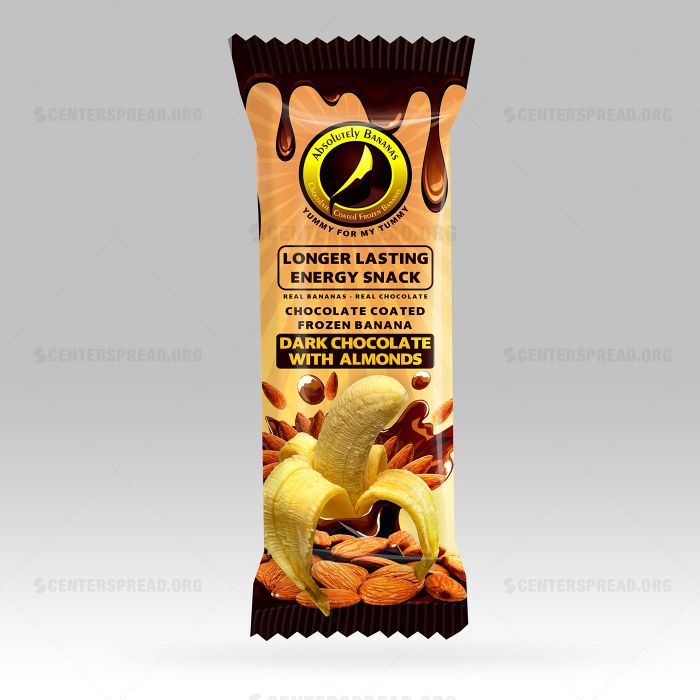
You can use contrasting shades or contrasting intensity to highlight details.
Not only this, but colors invoke specific reactions. Color psychology is a science; you need to pay close attention to before you select colors for your brand.
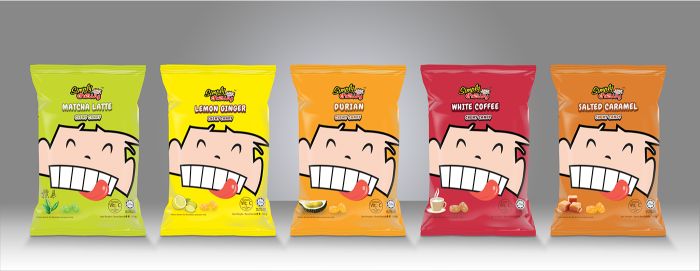
If it’s a stand-alone product, you can experiment with colors but if not, then you need to incorporate the brand colors for consistency & brand recognition.
6. Word Play
Copywriting should resonate with your brand’s positioning. While the fonts you choose should depict your brand’s personality evidently.
For example, you don’t want to use a font like Scribble for a baby care product.
The next thing to take into account is the font size. The text should always be easy to read even if you are looking at it halfway across a room with a pair of glasses.
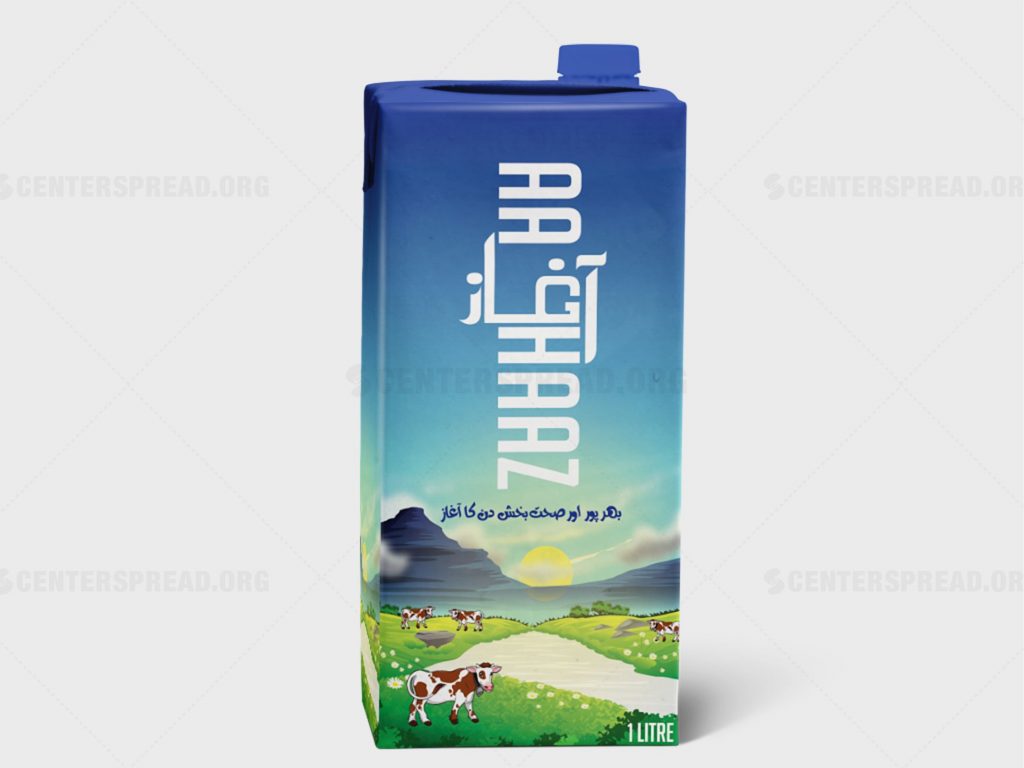
Now, typographic pairing is an amazing way to establish visual hierarchy. It basically involves combining 2 different types of font to distinguish the different areas in a design.
It specifically works best when you have a small space to design & visuals cannot be incorporated. It helps you present all the information in a flow.
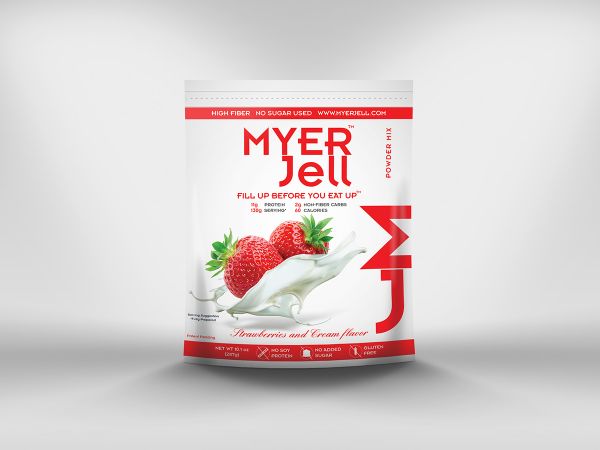
7. Illustrations, Patterns & Visuals
Packaging Design is incomplete without illustrative elements. Using illustrations or visuals helps to communicate the brand story in an interesting manner.
Use patterns & visuals as they help to break the monotony of colors & text. They are also used to differentiate between the different flavors of a product. They add a decorative touch to the design making it more appealing.
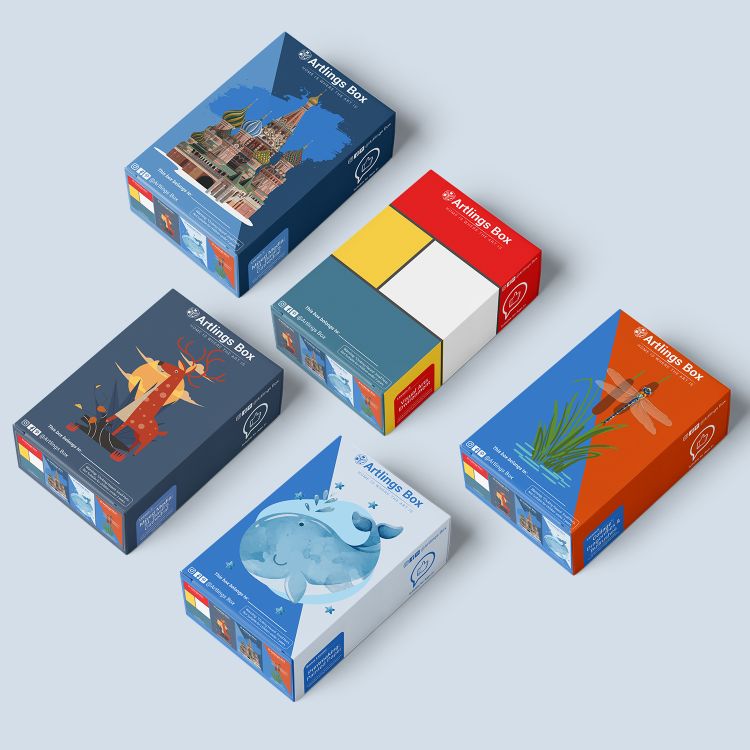
Now we all know the importance of using pictures. If packaging design also integrates actual images of the product, it provides a reflection of the end product. This enables the customer to know what to expect. Thus, resulting in a purchase.
No matter what type of decorative element you use be it patterns, illustrations or visuals, you need to keep ample amount of white space around it. This will help you create a minimalist & Less is More appearance.
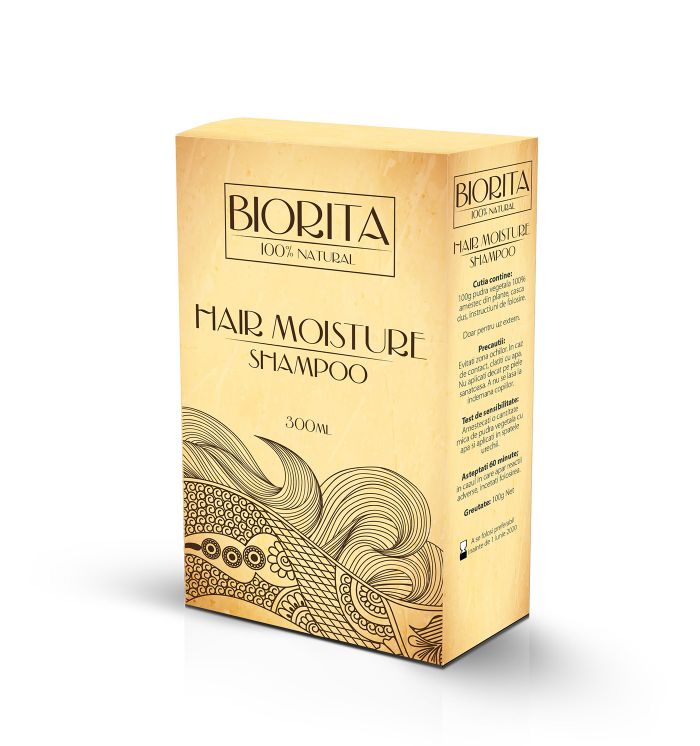
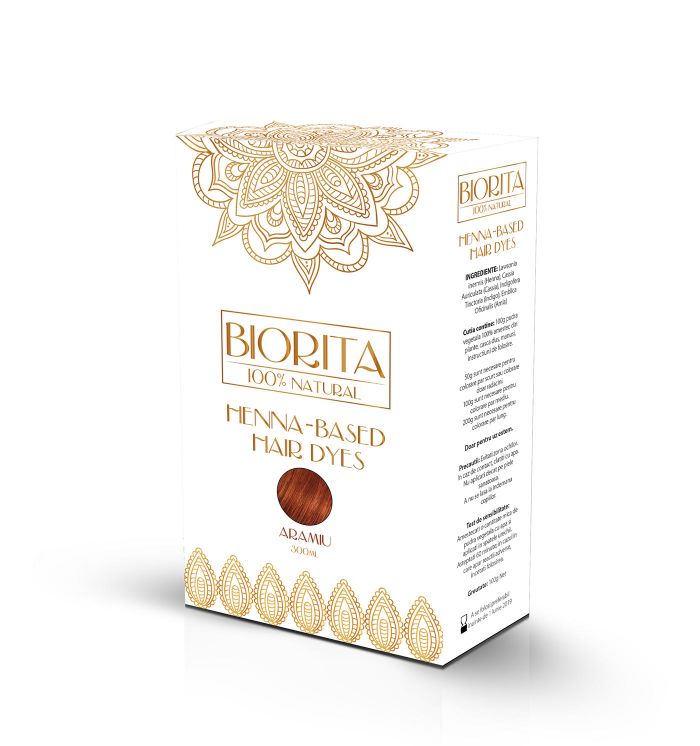
8. Design Styles
Yes, this is also an important aspect which you need to focus upon before you begin designing your product packaging.
There are various kinds of styles that you can adopt; but they need to resonate with your brand positioning & personality. Now, I will explain some types of styles with examples.
a. Packaging Design with Vintage Aesthetics
The vintage design style is getting revived with the passage of years. It refers to the use of earthy tones, retro designs & handwritten fonts which remind you of another time.
Vintage designs evoke a sense of nostalgia & create an impression of craftsmanship & tradition.
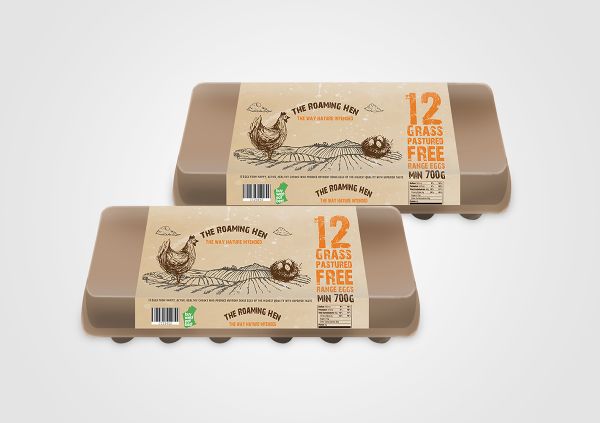
It is almost a clever way to say that
We have been in the business for quite some time.
At the moment, the packaging design of food items employs this design style. But given its popularity, soon other products will be adapting this design style.
b. Modern Packaging Design Style
Modern design style employs soft vivid colors, flat designs based on illustrations & patterns. Sleek fonts are commonly used to compliment sleek modern designs.
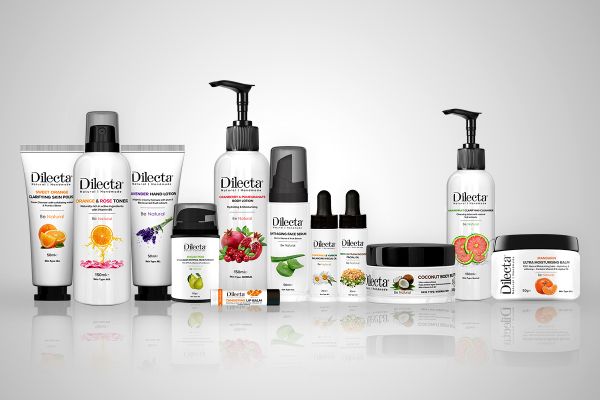
Minimalist & clean lines and simple fonts are the modern approach towards packaging design.
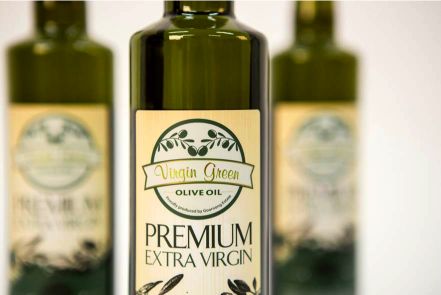
c. Premium Bold Packaging Design
Bold premium designs rely on rich & bold colors like red, golden, etc. Heavy bold fonts & sharp, bright imagery compliments these designs.
Luxurious designs also incorporate a special type of finishing such as hot-stamping with silver & gold, UV varnish, etc.
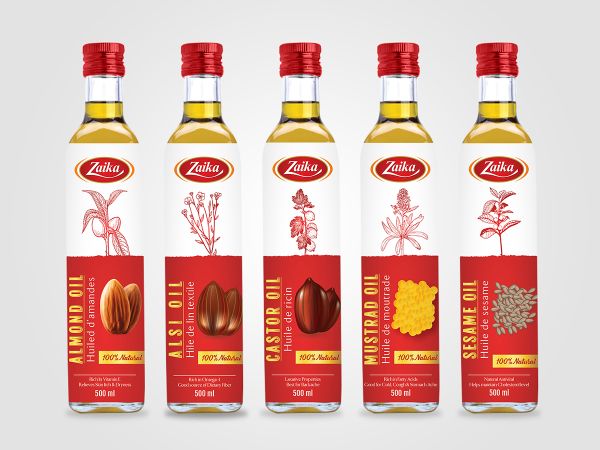
d. Premium Sleek Packaging Design
Premium designs do not contain heavy patterns & contrasting colors. Simplicity is an important attribute of premium designs.
Although there are many colors used for premium products, brands tend to rely on the color BLACK more. The reason being it evokes a sense of opulence, elegance & a sense of luxury.
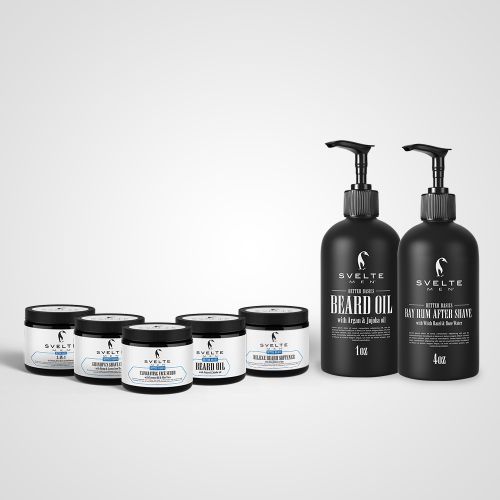
e. Packaging Design with abstract imagery/illustrations
The abstract design integrates visuals & graphics which are conceptual & explain the general idea in an interesting manner.
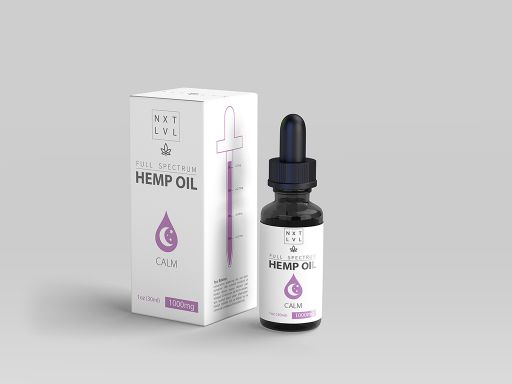
Such designs are engaging & work well for some industries like skincare, cosmetics, gadgets, etc. But they might be risky for Pharmaceuticals.
9. Eco-friendly Packaging
These days brands are focusing on adopting ways which are environment-friendly. Materials which are bio-degradable are favored than plastic boxes.
Rustic packaging which involves using wood, cardboard, kraft paper appeal to the customers as well. As people feel emotionally connected when a brand shares the same ideals as them.
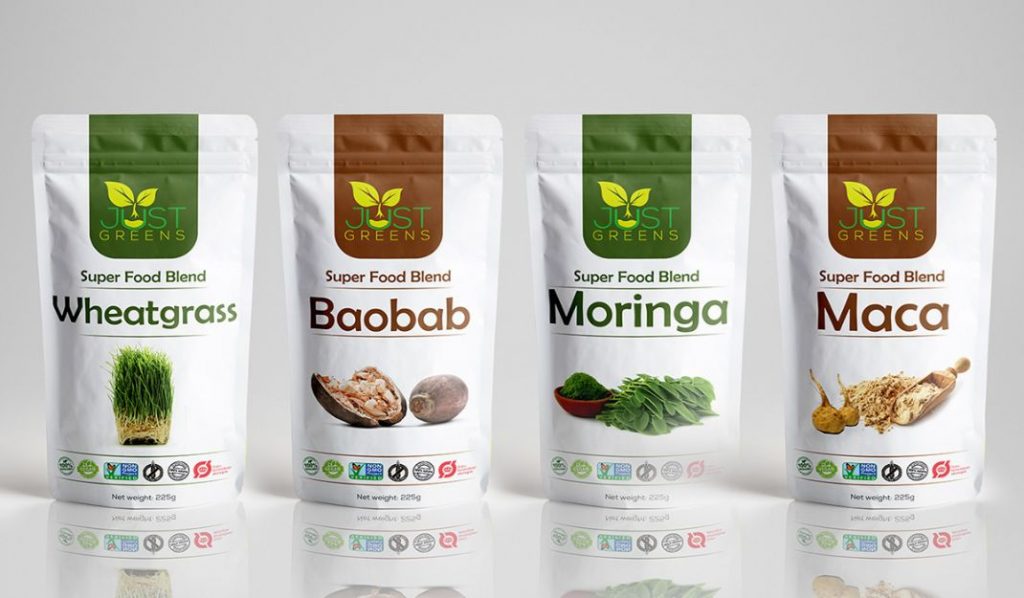
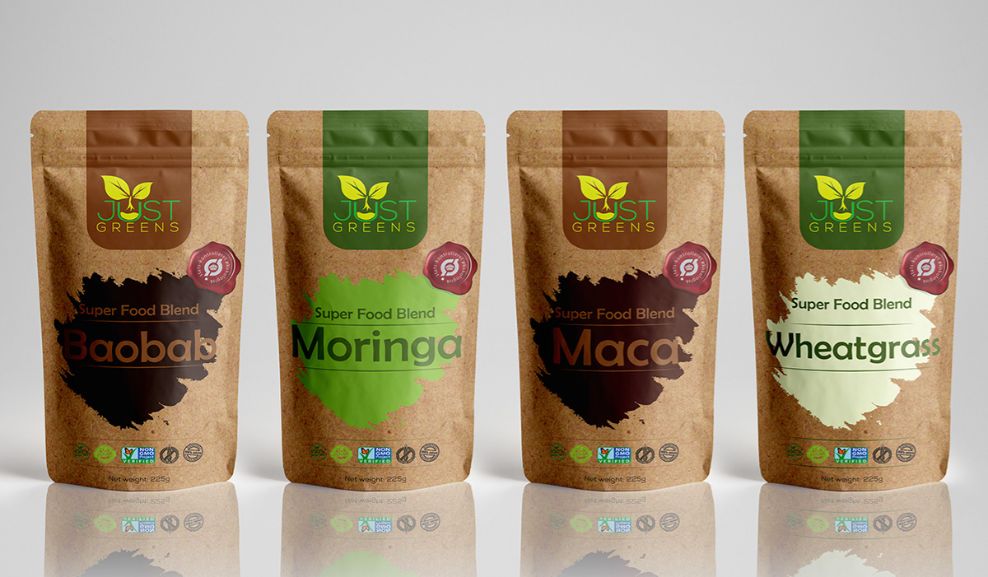
You create an organic warmth around your product by using eco-friendly packaging. And if your product is natural & organic, you need to make sure that every aspect of it is environment-friendly.
10. Cut Out Packaging
Product packaging incorporates windows for different purposes. In see-through designs, windows are an interactive tool through which the customers can get a glimpse of the product.
Windows, if used strategically & creatively, can help to elevate the design greatly.
There are some wonderful examples where the window is seamlessly integrated into the design. It provides a realistic view of the product which intrigues the customer & leads to a purchase.
For example, using windows in food packaging helps to highlight the product’s freshness and genuineness, while it reflects transparency for the brand.
Wrapping up, product packaging design is crucial for your brand. You need to work on it with special care & dedication. As it represents your brand & its story to your customers.
Let us know your packaging story & if you want us to help you design packaging for your product, get in touch.